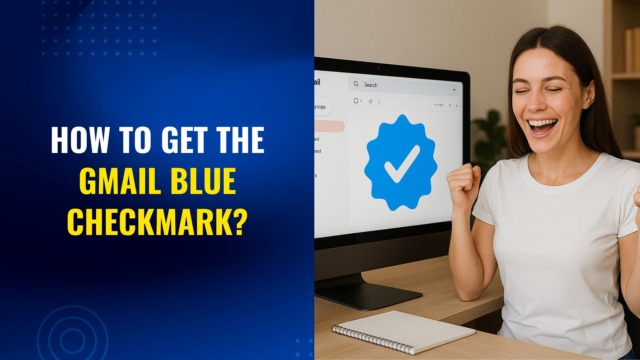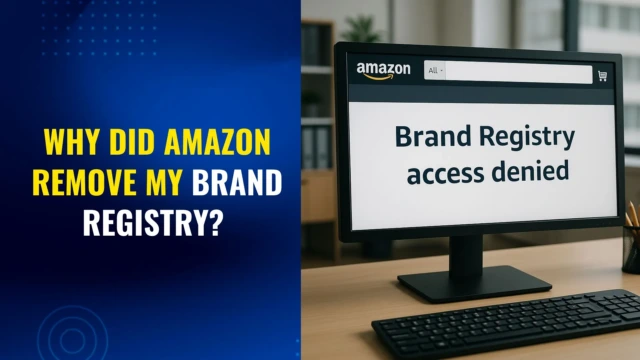
Book a FREE 15-minute consultation with an expert – Book Now
How to Protect Your Amazon Listings in Q4 and Beyond

Q4, that magical time of year when (hopefully) your Amazon sales skyrocket and all your hard work developing, sourcing, listing, and advertising your product really pays off!
Sadly, Q4 is also the magical time of year when unscrupulous competitors like to come out of the woodwork more than usual and try to steal or sabotage your success. Hijackers might sell inferior counterfeit versions of your product or attack your listing with fake reviews or fraudulent returns.
On a related note, less knowledgeable resellers and even Amazon AI bots might try to improve listings by updating content or images but mistakenly make things worse.
4 Ways to Protect Your Amazon Listings
How do you combat all this? You’ll need to monitor and protect your Amazon listings proactively, year-round but especially during Q4. Here’s exactly how to do that.
1) Review Amazon Policies
To protect your listings against actions Amazon might take to suppress or deactivate them or remove Buy Box eligibility, refresh your memory on all Amazon policies and ensure you’re obeying them.
For example, Amazon recently announced updated bullet points policies that every seller should know about, especially since Amazon’s AI will be responsible for removing or editing bullet points that don’t comply with the new guidelines.
You should check the Communication Guidelines, Product Review Policies, and the Selling Policies and Seller Code of Conduct regularly for any changes. Plus, read any announcements Amazon posts in the Seller Forums or Seller Central Dashboard, especially those that might refer to a policy change.
2) Get Amazon Brand Registry
If you have your own brand, enroll it in the Amazon Brand Registry. This provides many listing protection benefits, including greater control over the content on your product detail pages, easier ways to report trademark infringement, and access to enroll in the Amazon Transparency Program (to combat counterfeit products). Amazon also states that it will automatically detect and block “bad listings,” such as black-hat competitors who try to copy your products.
To sign up, you’ll need to have an active registered trademark or a pending trademark application in each country where you want to enroll. You can learn more about the Brand Registry process and benefits here.
3) Set up a Listing Monitoring Tool
The next step to stopping hijacker activity is tracking any unexpected activity on your listings. This should include:
New competing offers, especially on products that are your own brand or that you don’t expect anyone else to be able to sell
Changes to listing content, such as images, titles, and bullet points
Buy Box loss or suppression (again, especially on products where you expect to be the only seller and always have the Buy Box)
Listing suppression, deactivation, and deletion
Unusual returns, e.g. a sudden spike in returns for a particular SKU, or returns reasons and comments that don’t make sense
If you’re looking for a tool to help monitor your Amazon listings, SellerPulse by our partners at eComEngine offers real-time alerts, allowing you to address issues quickly. It also provides detailed reporting on inventory and fees to help you manage profitability. When paired with FeedbackFive, you can easily track reviews and detect any suspicious activity, ensuring you stay ahead of potential issues and keep your Amazon account running smoothly.
4) Clean up Your Catalog
Unattended listings that you haven’t sold in a long time, but still remain active in your Seller Central catalog, are ripe for black-hat activity. Unscrupulous sellers might think they can steal the listing for the reviews but change all the details to a new product, without you noticing. Also, if Amazon issues a policy change or a sweeping trademark infringement warning, you could be held responsible for addressing it just because the item is still in your catalog, even if you haven’t had inventory for that SKU in years.
These are good reasons to go through your catalog periodically and close or delete any SKUs you don’t plan to sell again. Meanwhile, a good listing monitoring tool should be able to warn you if any of your products are getting tinkered with, even if they haven’t sold for a long time.
Merry Monitoring
If you have a lot of listings, it may sound daunting to keep up with any changes on them and protect all of them from black-hat competitors. You may even wonder whether it’s worth it; can’t you just focus on the products that sell the most during the holiday season and not worry about the rest? But every experience your buyers have with any of your products is a reflection of your brand, and every accidental policy violation is a mark against your store in Amazon’s book.
Amazon Brand Registry – Discover for Free if You’re Eligible
Increase Your Chance of Getting a
Trademark to 96%
Subscribe to Our Newsletter
Sign up to receive valuable information on E-Commerce and intellectual property


